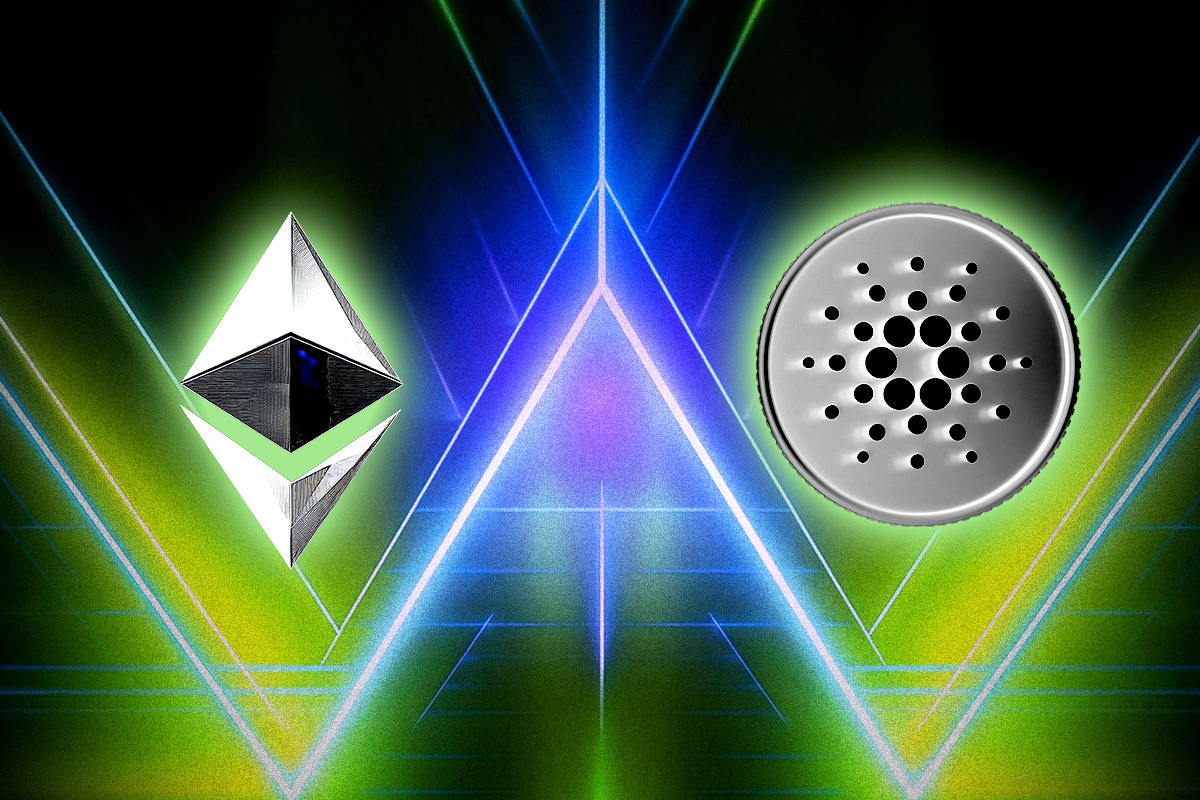Will Cardano’s Alonzo Hard Fork Make it a DeFi Force?
In light of Ethereum’s scalability issues, alternatives continue to jostle to attract projects. These include Solana, Tezos, and Near. On the other hand, Cardano’s efforts to build a dApp ecosystem are more deliberative. Cardano was founded in 2015, and...


In light of Ethereum’s scalability issues, alternatives continue to jostle to attract projects. These include Solana, Tezos, and Near. On the other hand, Cardano’s efforts to build a dApp ecosystem are more deliberative.
Cardano was founded in 2015, and has grown tentatively since then. Cardano’s strategy involves peer-review, whereby its parent company, IOHK (Input Output), works with several universities on research and development.
This approach is different from the normal path of software development, whereby new features are introduced and adopted after members agree upon them.
___________________________________________________________________
SEE ALSO: Inside Cardano’s Plans for Africa
___________________________________________________________________
As such, the growth of the Cardano ecosystem has happened in phases.
- In the Byron Phase, Cardano was released to the public in 2017, and only supported transactions in ADA, its native token
- The Shelley Phase in 2020 allowed holders to stake ADA on the proof of stake network
- The ongoing Goguen stage will add support for smart contracts and let applications issue native tokens
As part of the Goguen phase, the blockchain is set to undergo a hard fork, that is being referred to as the Alonzo hard fork. This is named after a mathematician called Alonzo Church, who was one of the important people in the history of computer science.
The key thing about the Alonzo hard fork is that it will introduce smart contracts. This will let people develop dApps on Cardano, meaning the trendiest blockchain use-cases such as DeFi functionality and NFT services, will become possible on Cardano.
Cardano is however focused on even more areas:
“Many possible solutions and applications include blockchain-based remittances, more cost-efficient supply chain management, IoT monitoring, decentralized exchanges, and many more that have yet to be created by entrepreneurs.”
– Cardano
The Alonzo hard fork also means Cardano will enter the decentralized finance landscape, that is currently dominated by the likes of Ethereum, Binance, Solana, and Polkadot.
In anticipation of an influx of projects from the other ecosystems, Cardano has been building an ERC-20 converter that will allow tokens from Ethereum to be stored on their blockchain.
In particular, in contrast with other platforms that require users to lock their assets for a period of time, Cardano’s staking lets users earn passive income without having to lock their assets. This freedom can make Cardano an attractive staking option for many users.
The hard fork is set to occur in about 5 stages, beginning in June 2021, and culminating with the deployment of the new changes to the Cardano mainnet in September 2021.
____________________________________________________________________
RECOMMENDED READING: [WATCH] East Africa’s World Mobile Announces the Launch of its Utility-based World Mobile Token ($WMT) on the Cardano Blockchain
____________________________________________________________________
Thank you for your support by helping us create content:
BTC address: 3CW75kjLYu7WpELdaqTv722vbobUswVtxT
____________________________________________________________________
Follow us on Twitter for latest posts and updates
Join and interact with our Telegram community
_____________________
Subscribe to the channel below to keep updated on latest news on video:
______________________________________________________________________________

Open a Paxful Bitcoin Trading Account today!
______________________________________________________________________________
Delegate Your Voting Power to FEED DRep in Cardano Governance.
DRep ID: drep12ukt4ctzmtf6l5rj76cddgf3dvuy0lfz7uky08jfvgr9ugaapz4 | We are driven to register as a DRep by our deep dedication to the Cardano ecosystem and our aspiration to take an active role in its development, ensuring that its progress stays true to the principles of decentralization, security, and community empowerment.DELEGATE VOTING POWER!








